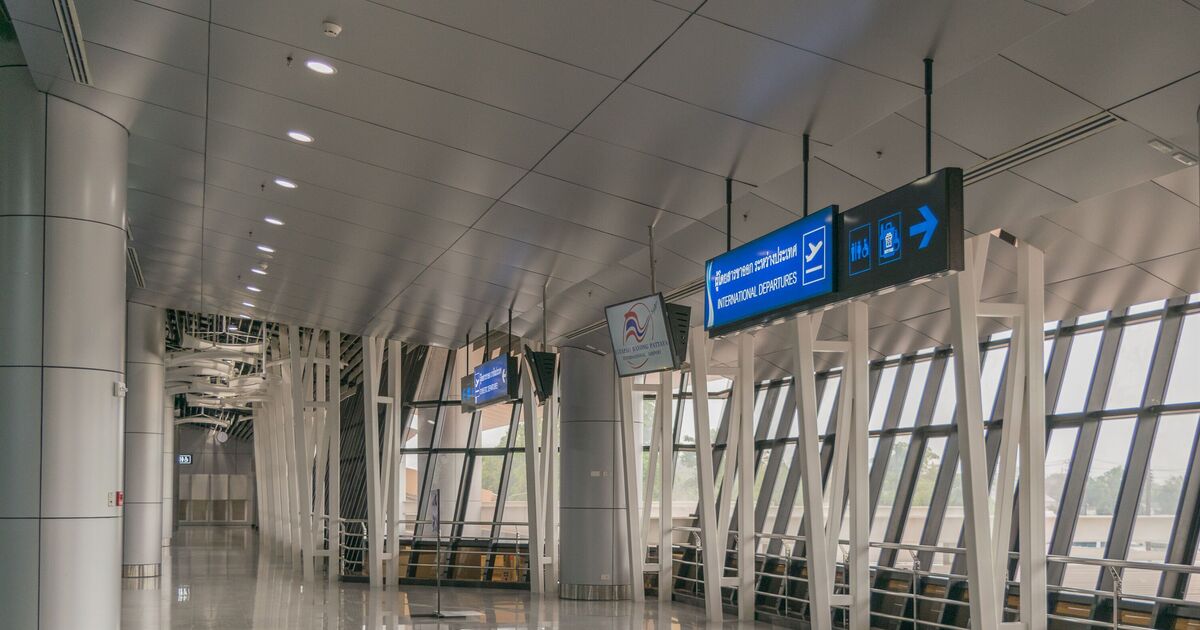Thailand’s ambitious £7.3 billion aviation project is set to transform U-Tapao Airport into a world-class international hub.
The revamped U-Tapao International Airport is projected to handle up to 75 million passengers annually, enhancing Thailand‘s aviation industry and boosting tourism.
This project comes at a time when Bangkok has just been crowned the world’s top tourism city for 2024, welcoming a record 32.4 million visitors.
As Bangkok’s two international airports are currently operating beyond capacity, the Thai government plans to transform U-Tapao into a third major aviation hub.
The Thai government’s development plan for the U-Tapao airport includes an expansive 1,040-hectare area that will host a new terminal, a free trade zone for cargo, aviation training centers, and aircraft maintenance facilities.
This project is part of the larger Eastern Aviation City initiative which aims to increase the country’s capacity for both international travel and cargo transport, while also contributing to Thailand’s economy.
As the city continues to grow in popularity, the expansion of U-Tapao Airport is expected to further solidify Thailand’s position as a global travel hub.
The new airport will be linked to major transport terminals, including Don Muang and Suvarnabhumi airports, providing travelers with seamless connections across the country.
With a combination of public and private investment, Thailand’s aviation infrastructure is set to play a central role in the nation’s growth, attracting tourists and business opportunities alike.
The project is not only a reflection of Thailand’s increasing prominence in global tourism but also a strategic step to meet the growing demand for international travel in the region.
Bangkok is a dynamic city, home to incredible landmarks like the Grand Palace, Wat Pho, and the Emerald Buddha Temple, alongside bustling markets and world-famous street food.
The proximity of U-Tapao Airport to Bangkok also makes it easy for tourists to explore Thailand beyond the capital.
Popular destinations like Pattaya, with its beautiful beaches, or the serene island of Koh Samet, are just a short drive away.
As the Eastern Aviation City takes shape, it will feature a Smart Eco Hub Retail area and a Culture Village designed to enhance the visitor experience, making it more than just an airport.
The collaboration between Thai Airways and Singapore Airlines, which includes a codeshare agreement, further emphasises the importance of this new hub in the global aviation network.
In the coming years, the Eastern Aviation City will be pivotal in shaping the future of Thailand’s tourism industry, positioning the country to continue attracting millions of visitors while supporting its growing aviation sector.










